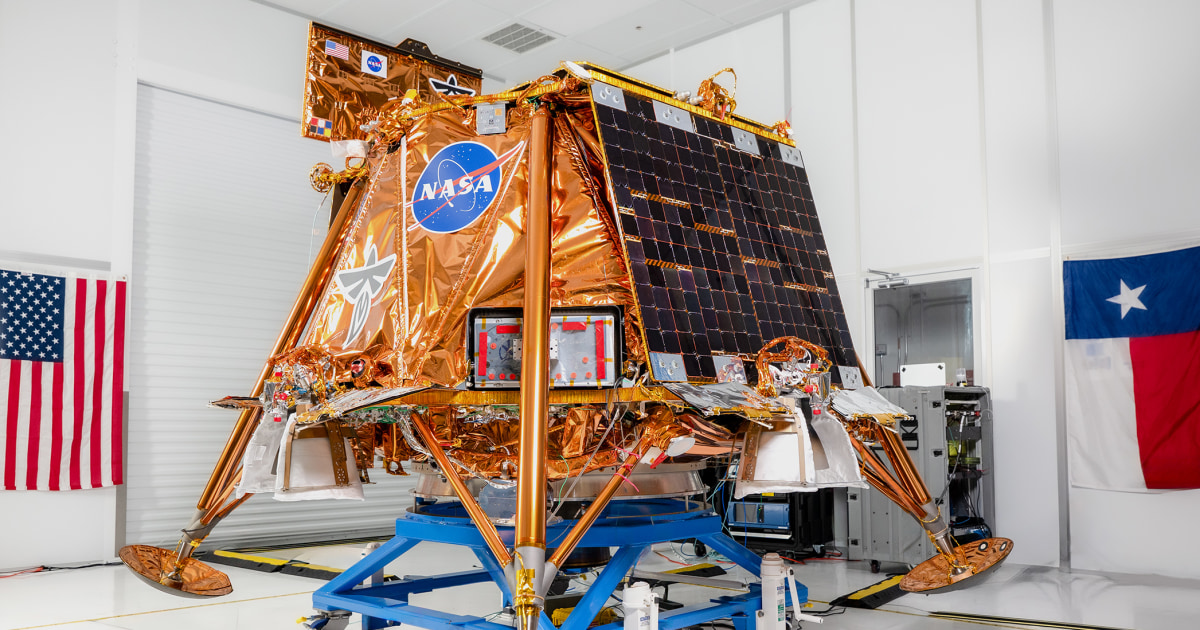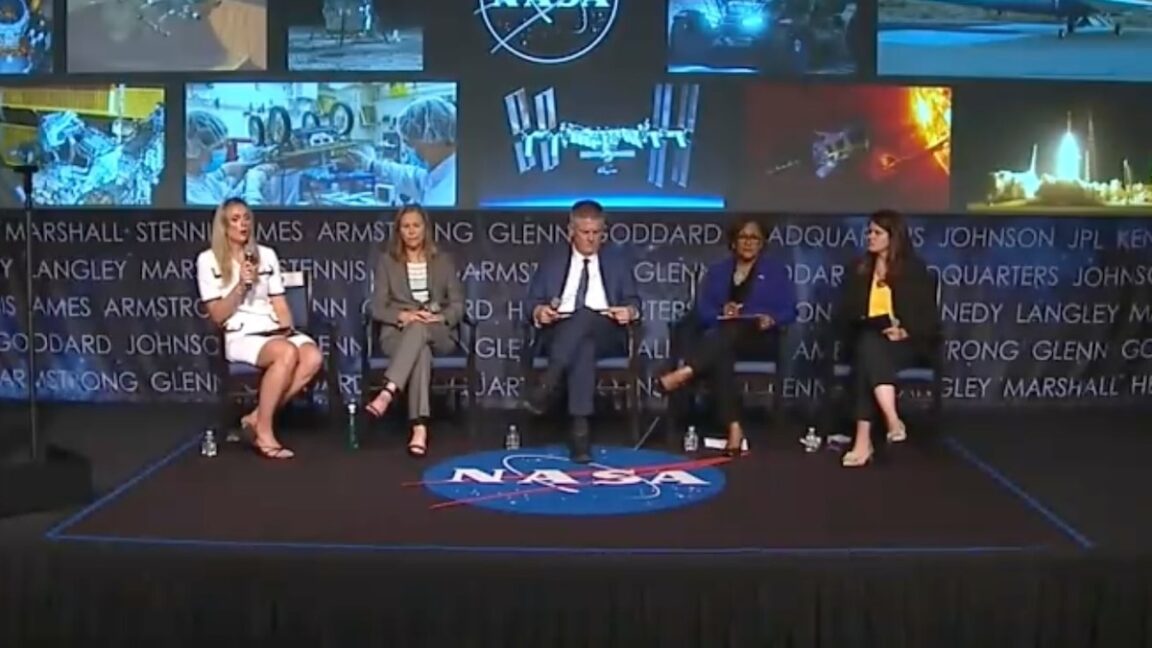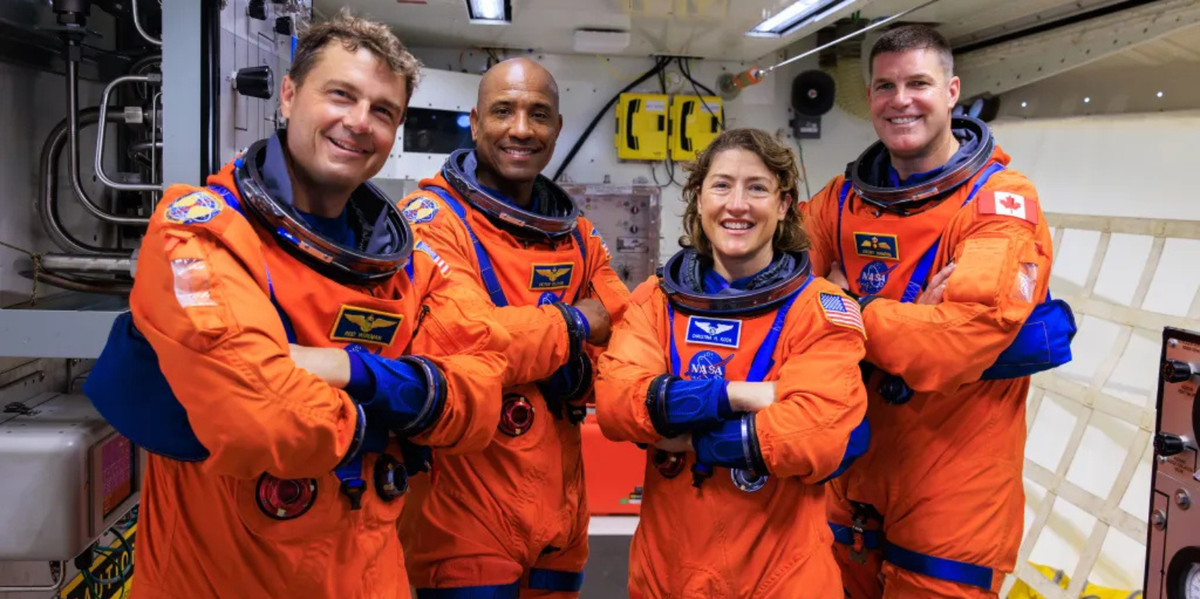- Joined
- Oct 16, 2024
- Messages
- 4,562
- Reaction score
- 1,476
When I watched the Apollo 17 documentary I posted above I was reminded of this from the movie Apollo 13, the CO2 problem -I've come to the conclusion that engineering is the only real demonstration of science.
Either it's working or breaking.
View: https://m.youtube.com/watch?v=1cYzkyXp0jg
Cernan accidentally broke a fender on the lunar rover and when the repair on the Moon didn't work, overnight Houston (using knowledge of the inventory) devised this.. Not quite as dramatic but reminiscent nonetheless
Problem
View: https://m.youtube.com/watch?v=4DCyayAZbog&t=31m23s
Solution
View: https://m.youtube.com/watch?v=4DCyayAZbog&t=44m9s








